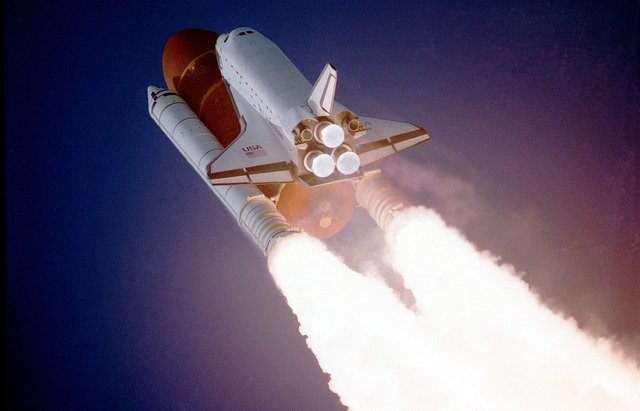Newton’s second law
لقراءة النسخة العربية أنقر هنا.
Newton’s second law states that the net force on a body and the acceleration it gains are directly proportional. The constant of proportionality is the mass of the object. Mathematical formula of Newton’s second law is:
Which is read as “The summation of force vectors on the body is equal to the mass of the body multiplied by its acceleration vector”
In this experiment, the weight of the anvil is supported by the air pressure underneath it, but even though, its huge mass requires huge force to make accelerate (starts from rest to a certain speed).






